3 Ways to Make Hiring Easier for C-Suite Executives
Hiring the perfect employees for a company is not HR’s job. That job belongs to your C-level executives. To read the full article, visit: HR.com.
Hiring the perfect employees for a company is not HR’s job. That job belongs to your C-level executives.
If you consider all the articles touting that culture comes from the top, then it only makes sense to keep the ultimate hiring decision up to your bosses. Hiring the wrong person could turn your comfortable, open environment into a toxic space that will only encourage other employees to leave.
Companies like JotForm and even Google have made it a point to keep their C-suite executives involved in hiring decisions. JotForm CEO Aytekin Tank wants to ensure new employees work well in the existing company culture without creating conflict. And he finds the role of hiring essential to keeping the company efficient — especially considering that hiring the wrong person can cost as much as $240,000, according to Link Humans CEO Jörgen Sundberg.
As leaders in HR, you’re on the front lines, and it’s up to you to bring in candidates, not employees. Here are three things you can do to better support your C-level executives in the hiring process:
1. Write job advertisements, not descriptions.
Companies that win the war for talent sell their open jobs; they don’t just describe roles. Next time you have a job opening, consider the unique selling points of the position and incorporate them into your listing. Then, learn what eligible candidates are searching for and tailor your language to match so they can easily find the role online.
From there, read a book about copywriting. I’m paraphrasing David Ogilvy when I write, “The goal of the first sentence is to get them to read the second sentence.” Every sentence of your job description should appeal to a job seeker. Your job advertisement should be so good that it’s the one job a passive yet talented candidate will look at and say, “This job looks so awesome that it might be the only job I apply for this year.”
2. Call top-quality candidates back within an hour.
If a top-quality candidate applies, pass the information along to your C-suite so someone can call him or her back within the hour. While Bullhorn found that the morning is a good time to contact candidates back, you should get a response as long as it’s within the hour. Plus, a new update from LinkedIn gives recruiters the ability to call candidates rather than emailing or messaging them via the platform.
Think of the impression you want to make on candidates. When I lived in Germany, candidates would apply to German companies and expect to not hear a response for almost three weeks. We differentiated ourselves by calling back good candidates almost immediately. This is not as impossible as it seems. Fewer than 1 in 100 job applicants are superstar caliber and justify a callback within an hour. But those people can make a huge difference within a company.
3. Don’t pass along bad candidates.
If you get 100 job applicants and all 100 applications belong in the trash can, don't hesitate to toss them! I recently spent an entire day with five other board members interviewing "top" candidates who were flown in from out of town at great expense. Two of them were not even strong enough for a phone interview, yet we took up six senior executives’ time — and the candidates’ time — interviewing them so we had a “point of comparison.”
Jobvite found that the average time-to-hire is 38 days. That’s a long time, especially considering how much of that time is wasted on interviewing the wrong candidates. Giving people points of comparison makes subpar candidates look better, not because they are right for the job but because they look good next to someone who wasn’t qualified. Ask your executives whether they would prefer to see only qualified candidates or whether they want to see the top few, even if some don't meet the minimum criteria.
Working in human resources and recruiting comes with many responsibilities, but while it is your job to find the right candidates, you shouldn't be making the final hiring decision. That's up to your company's executives. Use these three tactics to make your job easier and to help them find the next employee faster so that you can move on to filling the next role.
Krister Ungerböck is the global expert on the Language of Leadership. Krister is a captivating keynote speaker, a coach to high-performance CEOs, and former CEO of one of the largest family-owned software companies in the world. Based upon his experience observing business leaders in more than 40 countries, building businesses in six and living in three, he shares insight into leadership that bridges between business, relationships, and family.


